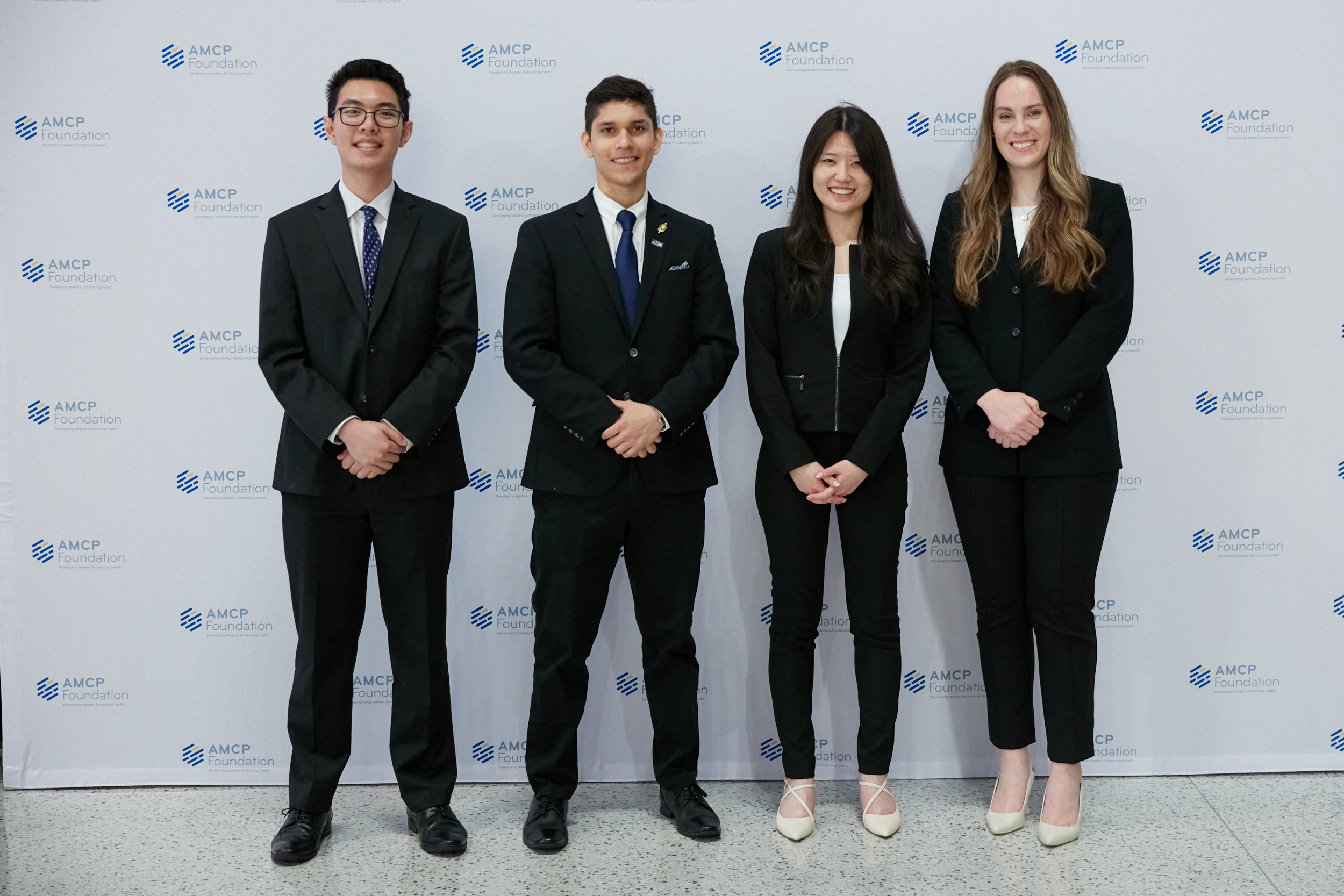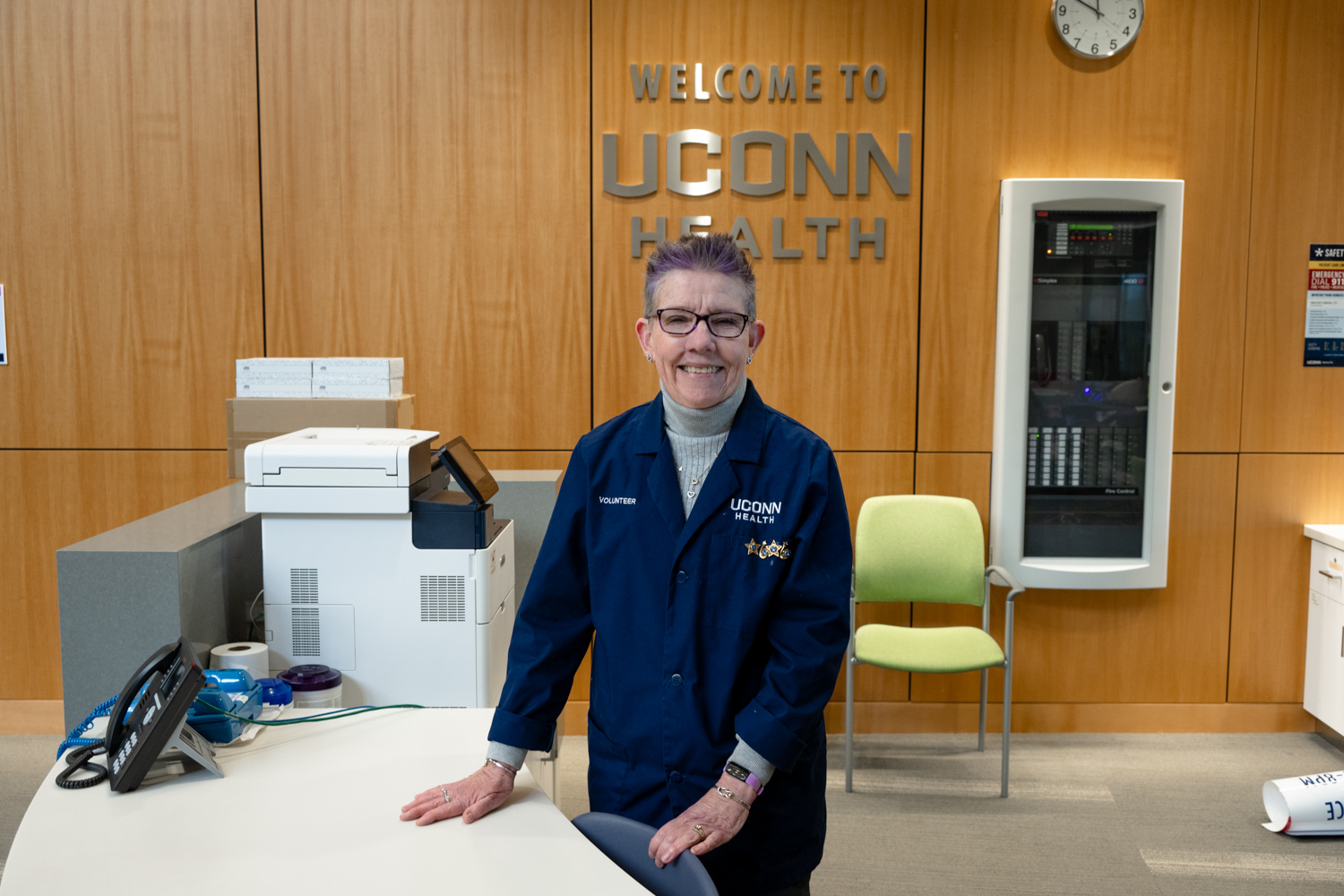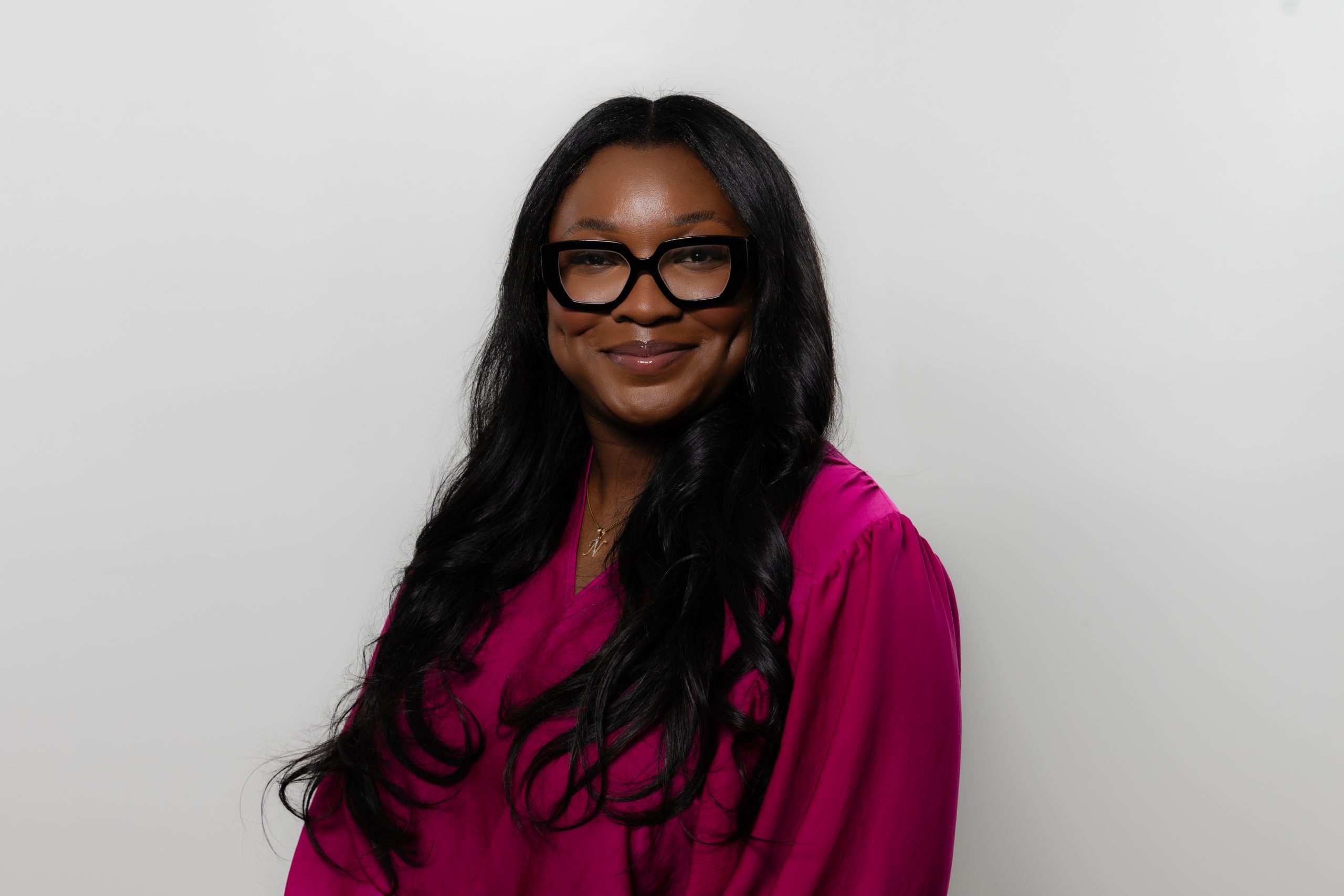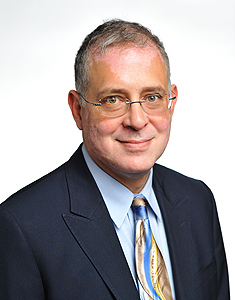
Jeremy Teitelbaum, dean of the College of Liberal Arts and Sciences, is a guest contributor to UConn Today. Read his previous posts.
When I sit down to write this blog, I hesitate and worry about whether I will be able to write something good. Is this difficulty I am feeling appropriate, given that good blogs are hard to write? Or is my struggle actually greater than it would be for others because of my personal limitations?
After all, I remember from my time as a faculty member, before I became dean, that faculty members often have a low opinion of administrators. We’re seen as people whose creativity has dried up, people who go to pointless meetings rather than do the real work of research and teaching. So as I write, I not only have to formulate my thoughts clearly, but I have to manage the sense of unease and insecurity that flows from my awareness of this unfavorable stereotype. Those distractions get in the way of my writing, and make it more difficult for me to write something I think people will like.
The unease I experience because of the unfavorable stereotypes about me as a dean is an example of stereotype threat, a phenomenon first illuminated by Claude Steele. Steele is I. James Quillen Dean of the School of Education at Stanford and one of the leading social psychologists of our time.
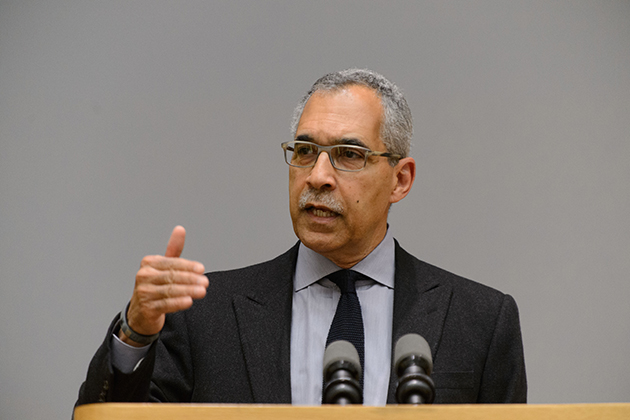
We at UConn heard Dr. Steele speak of his scientific work and his personal experiences in the Student Union Theatre last week, at a talk sponsored by the College of Liberal Arts and Sciences, the Provost’s Commission on Institutional Diversity, the School of Social Work, and the Office of the Vice Provost for Diversity.
To me, Steele’s most important message was that there is no dichotomy between diversity and excellence. It’s just the opposite, he argued: you cannot have excellence without diversity, in part because a diverse community combats stereotype threat.
Early in his career, recalled Steele, he observed that African-American college students with strong credentials at prestigious universities seemed to underperform compared to their white counterparts. As Steele explains in the article “Stereotype Threat and African-American Student Achievement,” he and his colleague Joshua Aronson “tried to see the world from the standpoint of African-American students,” and in that process set out to determine whether negative stereotypes about African Americans might be part of the problem.
I was struck by Steele’s discussion of the personal challenge these issues raised for him as a scientist and an African American. In particular, he spoke of the possibility that his experiments might turn out to support the negative stereotype. What if, for example, his scientific work showed that whites are more intelligent than blacks, or that men are better leaders than women? As a scientist, he would have to confront that reality honestly.
Steele and his collaborators did some classic experiments that show the power of stereotype threat. For example,[1] in one experiment a group of white and black undergraduates with strong academic credentials were given the GRE subject exam in English Literature. In one group, the students were told that the test was a measure of verbal ability, while in the other “control” case, students were simply told that the test was about problem solving in general, and was not a measure of a person’s individual ability. In the condition case, black students underperformed whites by a standard deviation; in the control case, the difference disappeared.
In this case, labeling the test as one of “verbal ability” activates in African Americans an awareness of negative stereotypes about themselves, putting them in a threatened state and harming their performance; labeling it as a more general study removes that threat and allows them to perform at their true level. Similar experiments reveal similar results when dealing with underperforming women in mathematics.
Today we know that stereotype threat is a pervasive phenomenon. As Steele put it, the effects are almost “lawful”: awareness of negative stereotypes always negatively impacts performance, causing the stigmatized group to underperform.
And yet Steele is hopeful that we can move beyond a society in which negative stereotypes play such a powerful role. There are ways for the individual and for institutions to mitigate the negative effects stereotype threat. Speaking personally, Steele explained how he came to trust the opinions of individual people, such as his thesis advisor, and to find personal validation in concrete accomplishments such as the publication of his first research paper, so that he could “tend to his life narrative.” In this way he was able to build up a resistance even to such provocations as a colleague who casually used the “n”-word in his presence.
More broadly, Steele views the reality of stereotype threat as evidence for the inherent strength of diverse communities with “critical mass” of members of under-represented groups. Take Sandra Day O’Connor, he said, who was the target of intense fascination and critique by the media and the public right up until Ruth Bader Ginsburg joined the U.S. Supreme Court. Suddenly, as one of two women, the public cared much less about her gender. Perhaps, Steele speculated, that experience helped the court reach its decision on affirmative action in the Bollinger case.
Asked about diversifying the faculty at UConn, Steele offered advice from his experience as a provost at Columbia. He argued for an approach that requires each and every program to do something about diversity. For example, if a field has a weak pipeline at the faculty level, then faculty in that field should be taking steps at the graduate and undergraduate level to advance diversity. In other words, no one gets a pass. He also emphasized the importance of holding deans and department heads accountable for their efforts.
Achieving this level of diversity is the only way we can truly strive for excellence, Steele said. He cited his own experience with the discipline of social psychology, which took on a broader and deeper range of profound problems as women joined the field in the 1970s. Disciplines that fail to mobilize the full range of human talent suffer from that failure.
Whatever the field, we must find talent wherever it exists and put that talent to work. As a society, we can’t afford to let stereotypes drive talent away.
[1] Aronson, J. and Steele, C., ‘Stereotype Threat and the Intellectual Test Performance of African Americans.’ Journal of Personality and Social Psychology, 1995, vol. 69, no. 5, pp. 797-811. (The link requires UConn library access.)

